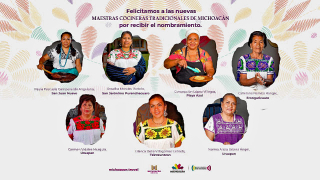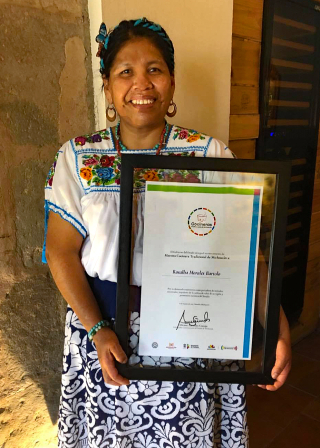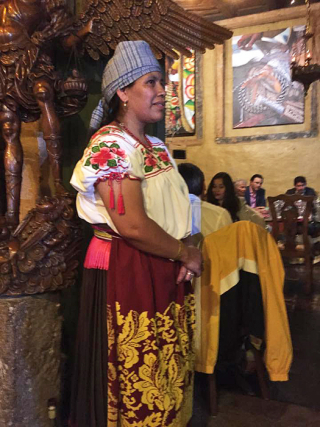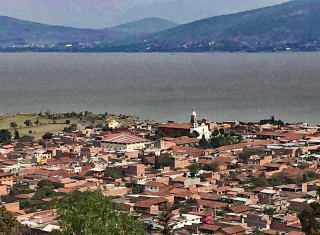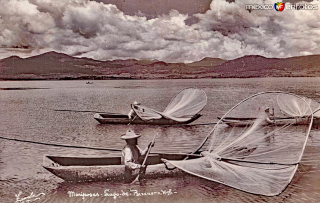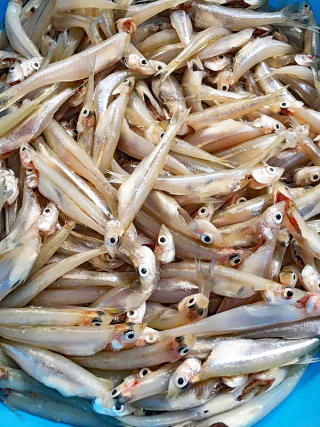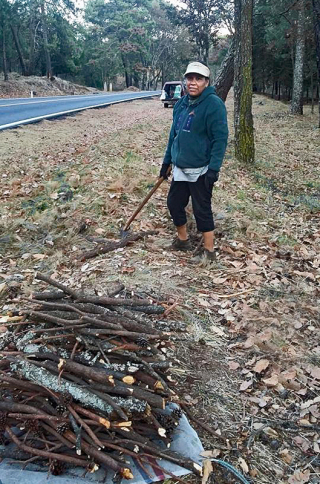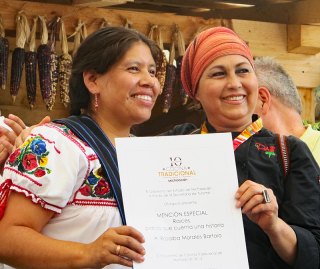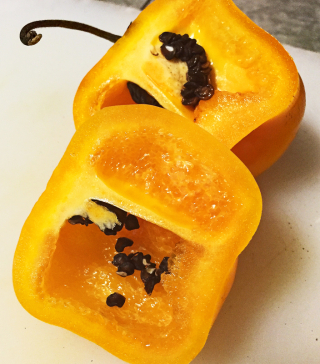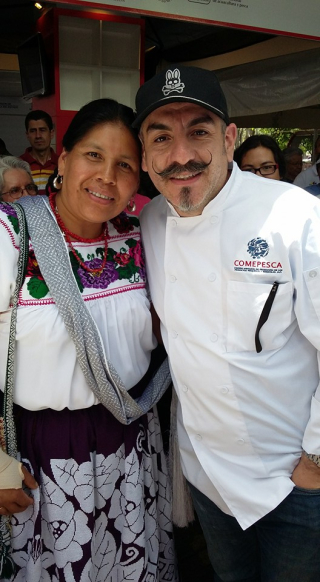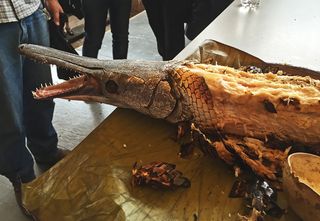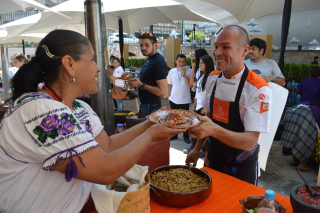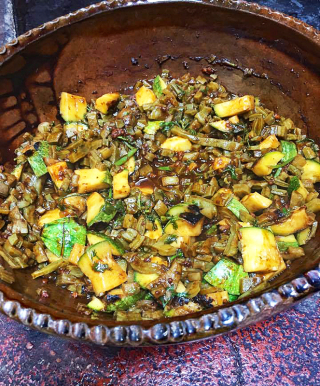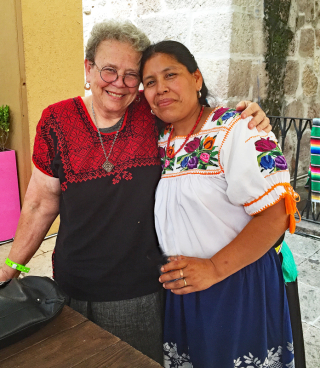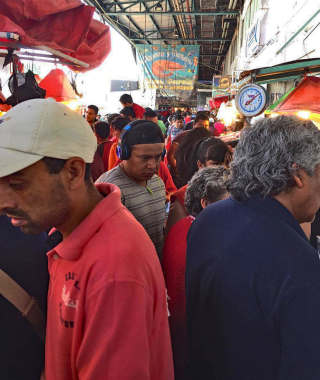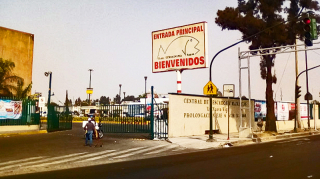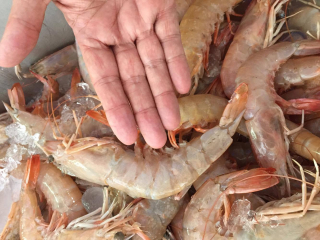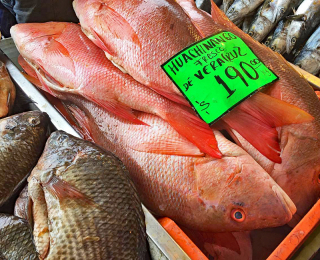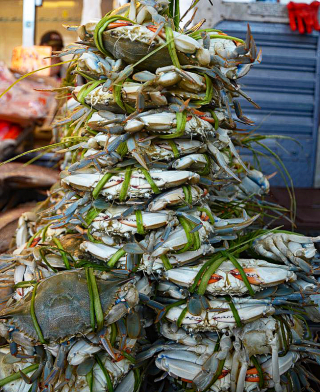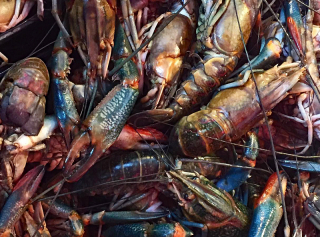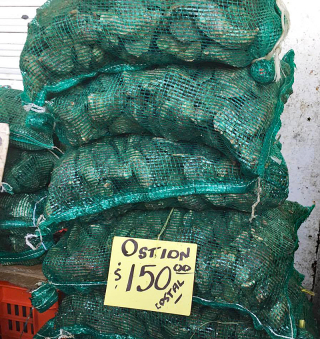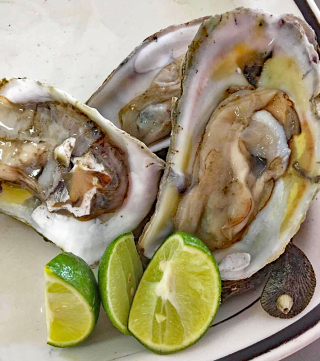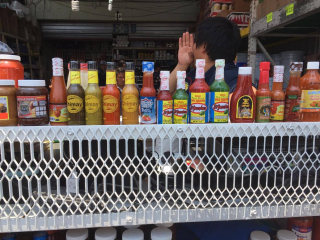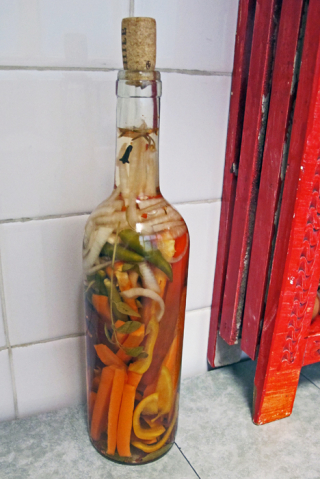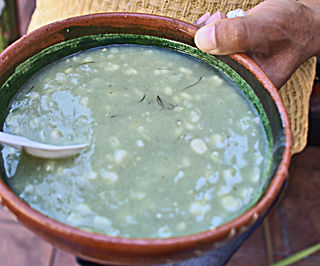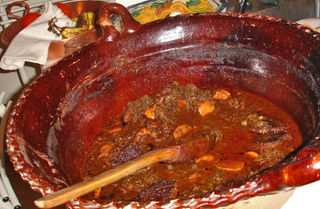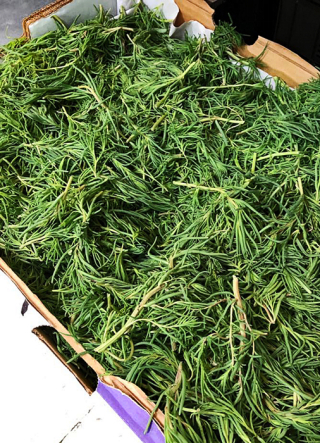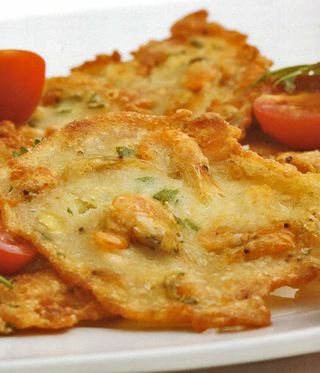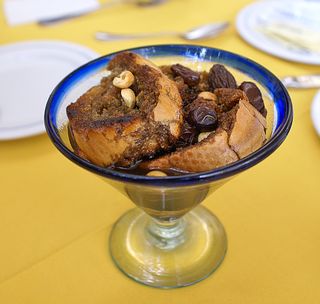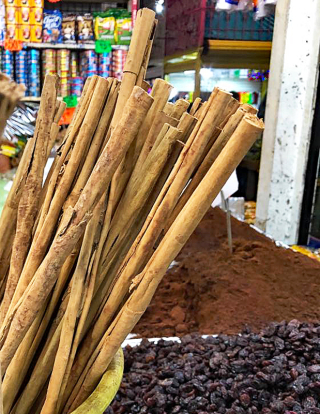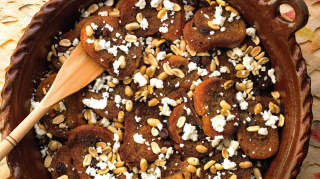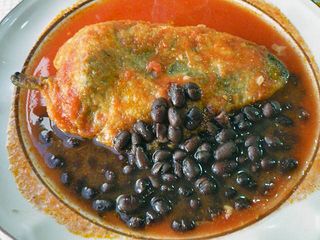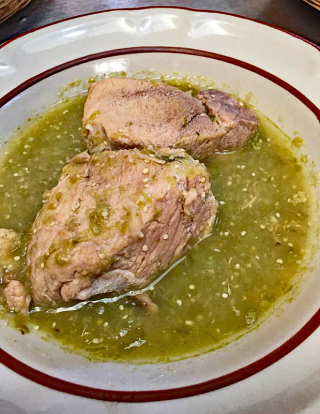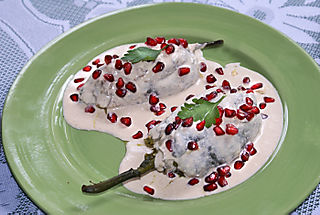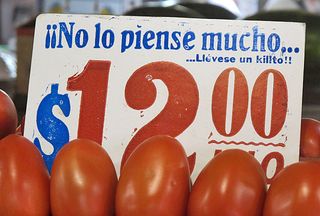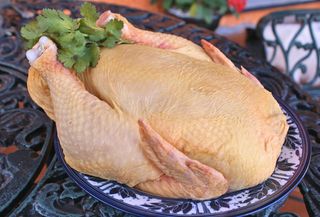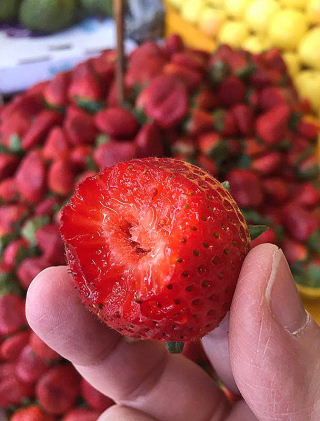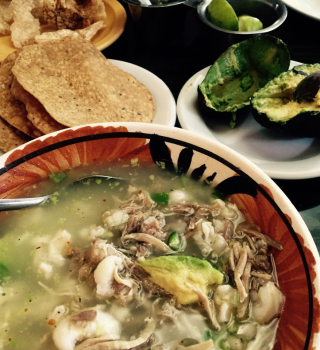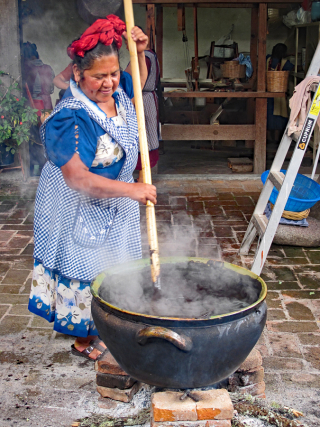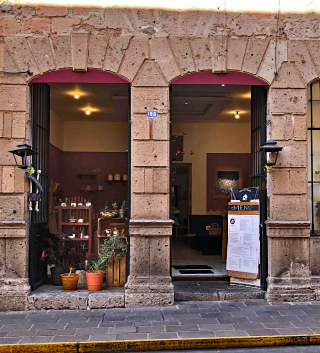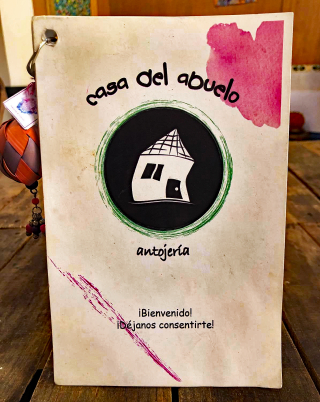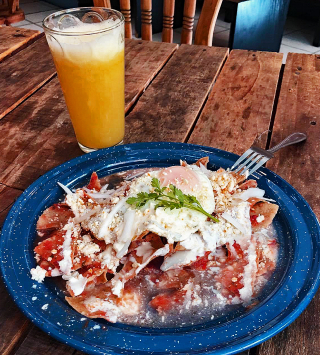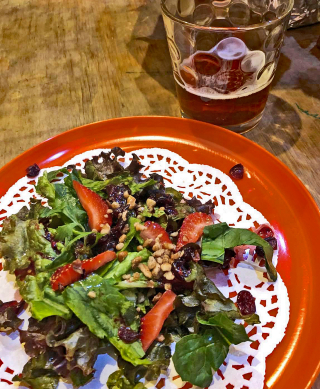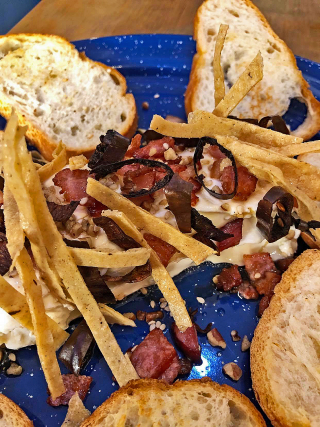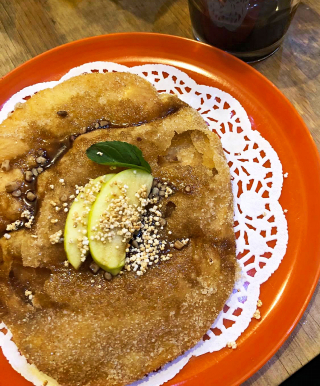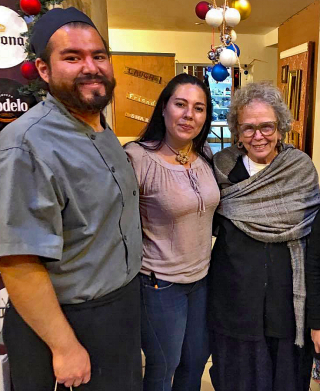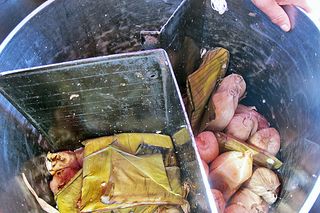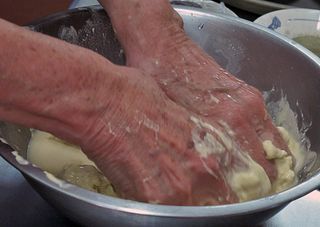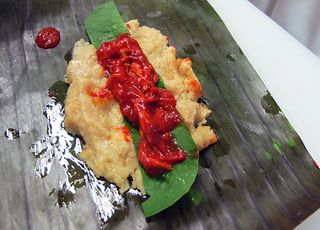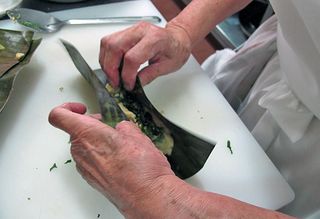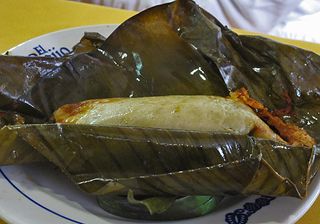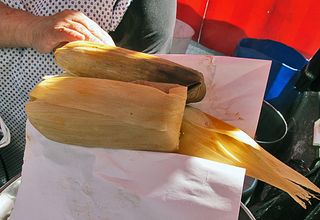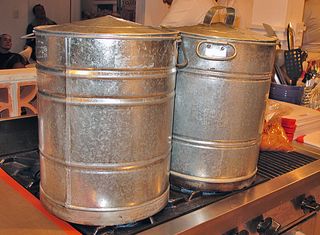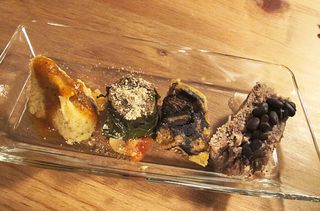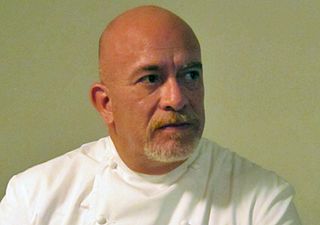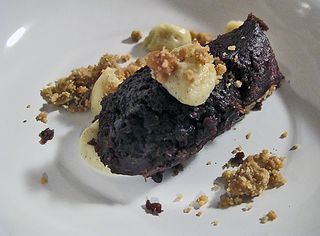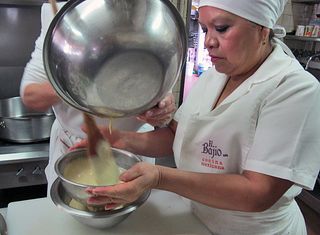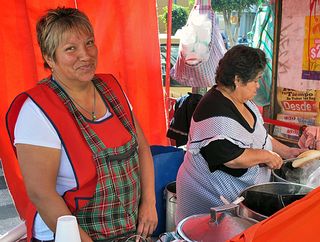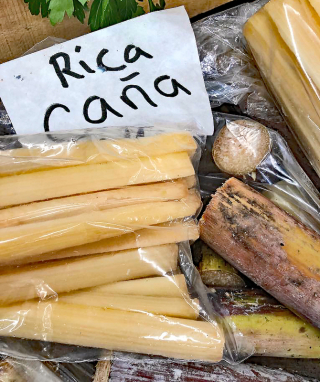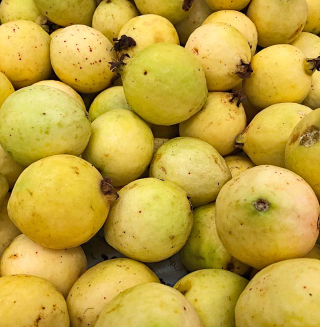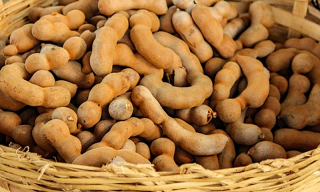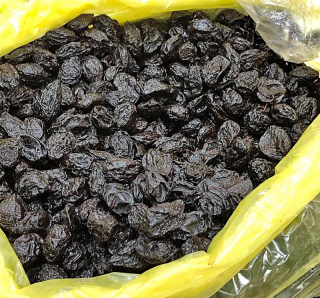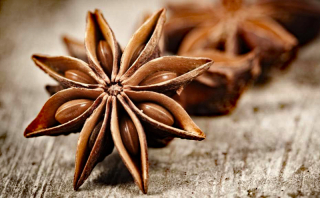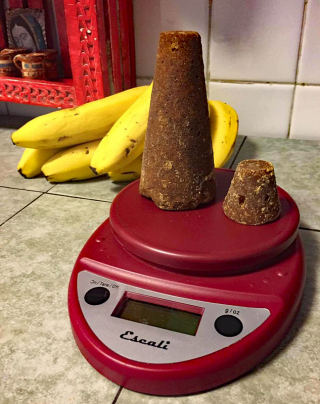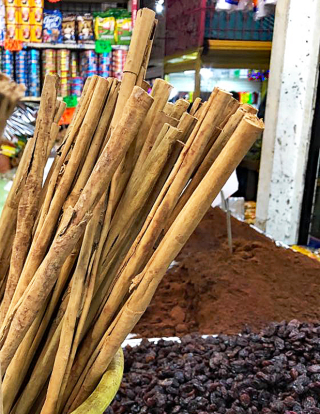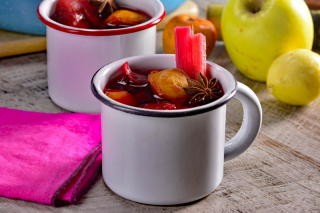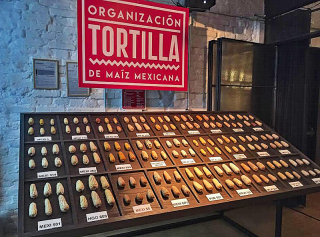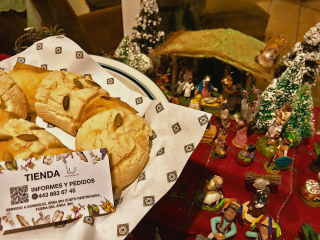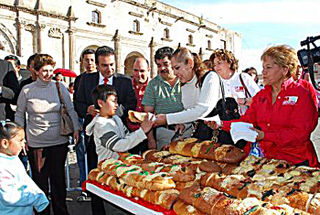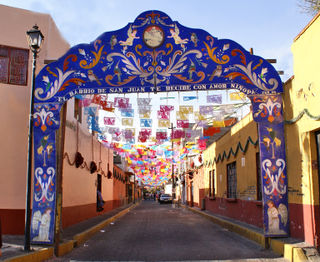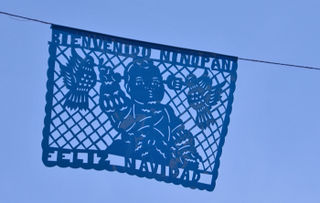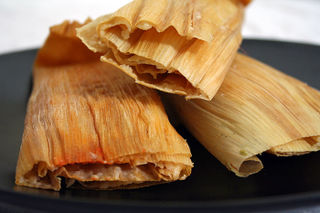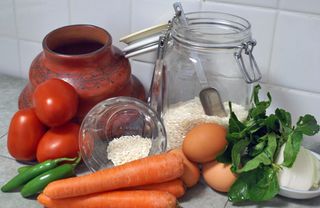
These and just a few other ingredients for albóndigas de Jalisco (Jalisco-style meatballs) combine to become a simple but delicious meal.
The weather was cool during the day today here in Morelia, Michoacán, and it seemed an ideal day to make this truly wonderful soup for our comida (Mexico's mid-afternoon main meal of the day). Subtly-flavored albóndigas–especially as prepared from this recipe, adapted from Diana Kennedy's book The Cuisines of Mexico–are the perfect comfort food.
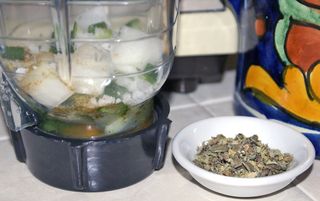
You only need to blend eggs and a few herbs and spices to give a most wonderful Mexican touch to the meat mixture for these albóndigas (meatballs). Be sure to use mint in the meatballs–fresh if you can grow it or get it, dried if you can't. The flavor is marvelous.
This is a dandy recipe for cooks of any level: if you're a beginner, you'll love the simplicity of the flavors of the end product. If you're a more advanced cook, the people at your table will believe that you worked for hours to prepare this traditional Mexican meal.
All the ingredients you need are undoubtedly easy for you to get even if you live outside Mexico. Here's the list, both for the meatballs and their sauce:
Ingredients
Albóndigas (Meatballs)
1.5 Tbsp long-grain white rice, rinsed
Boiling water to cover
3/4 lb ground pork
3/4 lb ground beef
2 eggs
1/4 scant teaspoon dried oregano
4 good-sized sprigs fresh mint (preferably) OR 1 tsp dried mint
1 chile serrano, roughly chopped
3/4 tsp salt
1/4 scant teaspoon cumin seeds OR ground cumin
1/3 medium white onion, roughly chopped
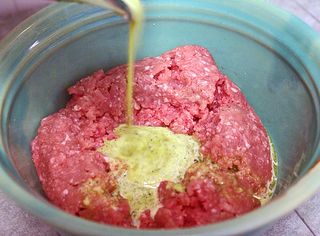
Add the liquified eggs, onions, chile serrano, herbs, and spices to the ground meats and mix well with your hands.
Sauce
3 medium tomatoes (about 1 lb)
1 chile serrano, roughly chopped (optional if you do not care for a mildly spicy sauce)
Boiling water to cover
2 to 3 Tbsp lard, vegetable oil, peanut oil, or safflower oil (I prefer lard, for its flavor)
1 medium white onion, quartered
5 cups rich meat or chicken broth, homemade if possible
About 3/4 teaspoon of the adobo (thick sauce) from a can of chiles chipotle en adobo (a smoky chile in sauce)
Salt to taste
For serving
2 or 3 carrots, cut into sticks or cubes (I prefer sticks)
2 large white potatoes, cut into sticks or cubes (I prefer sticks)
Utensils
A small bowl
A large bowl
A blender (2 uses)
A saucepan
A fork
A large flameproof pot with cover
Preparing the meatballs
Put the rice in a small bowl and cover with boiling water. Allow to soak for about 45 minutes. I use the glass custard cup that you see lying on its side in the initial photo–it's just the right size.
While the rice is soaking, put both kinds of meat into the large bowl.
Put the eggs, onion, and all herbs and spices–in that order–in the blender jar. Blend until all is liquified. Add to the meat mixture and, using your hands, mix well until the liquid is thoroughly incorporated.
Rinse out the blender jar for its next use in this recipe.
Drain the rice and add it to the meat mixture. Form 16 meatballs, about 2 inches in diameter, and set aside.
Preparing the sauce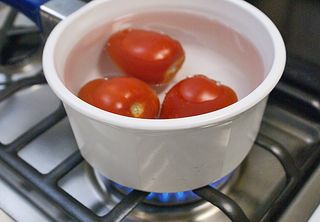
Bring about 2 cups of water to a full rolling boil. Cut a skin-deep cross through the stem-end of the skin of the tomato. Add the whole tomatoes to the boiling water and allow to cook for about a minute, until the skins split. Watch the pot, though: this procedure might take a bit less or a bit more time. You don't want the tomatoes to cook, you just want to be able to take the skins off.
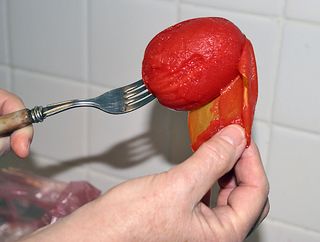
When the tomato skins split, take the tomatoes one by one out of the water and peel them. If you've never tried it, believe me: this is miraculously easy–the skins are not too hot to handle and they slip off the tomatoes like little gloves. You can see that I have stuck a fork into the stem end of the tomato for ease of handling.
Skin the tomatoes and put them in the blender jar. Add the roughly-chopped onion and the chile serrano. Blend until thoroughly puréed.

Freshly rendered manteca (lard) for frying the sauce. If all you can get in your store is a hard brick of stark white, hydrogenated lard, don't bother. It has no flavor and absolutely no redeeming value. If you want to use lard, ask a butcher at a Latin market if he sells freshly rendered lard. If none is available, use the oil of your choice.
In the flameproof cooking pot, heat the lard or oil and add the tomato mixture you have just puréed. Bring it to a boil and let it cook at a bubble for about three minutes. Splatter alert here!
Turn the flame down to a simmer and add the chicken broth to the tomato purée. Bring it back to a simmer. Add the meatballs, cover the pot, and let them simmer in the liquid for about an hour.
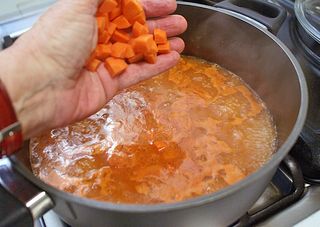
After the first hour of cooking, add the carrots and the potatoes to the tomato broth and meatballs. Cover and cook for an additional half hour. When I made the albóndigas this time, I cubed the vegetables. I think the finished dish is more attractive with the vegetables cut into sticks.
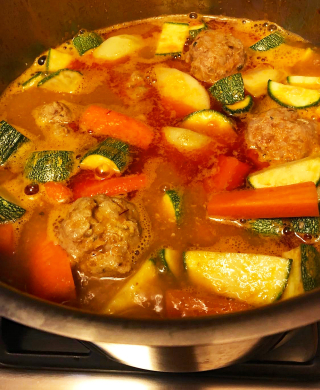
The rich fragrance of the cooking albóndigas, the vegetables, and their broth penetrates every corner of our home. By the time they're ready to eat, we are more than eager!
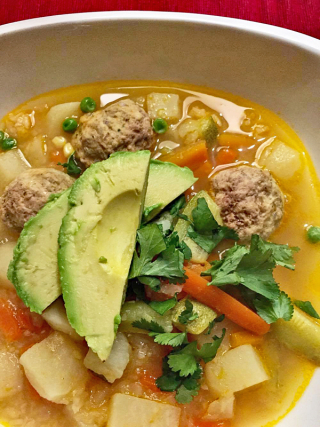
Albóndigas de Jalisco served with steamed white rice (you might also like to try them with Mexican red rice), sliced avocado, and fresh-from-the-comal (a Mexican griddle–mine is made of clay), hot tortillas. This soup plate filled with albóndigas and vegetables needed more sauce; we prefer to eat them when they're very soupy. A serving of rice topped with two meatballs plus vegetables and sauce is plenty.
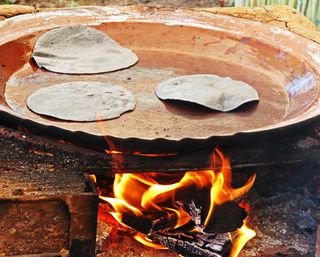
A clay comal with fresh-made tortillas toasting over a wood fire.
Albóndigas freeze really well, so I often double the recipe; I use a flat styrofoam meat tray from the supermarket to freeze the uncooked meatballs individually, then prepare the sauce, thaw the meatballs, and cook them as described.
The recipe as posted above serves eight, abundantly.
Provecho!
Looking for a tailored-to-your-interests specialized tour in Mexico? Click here: Tours.
